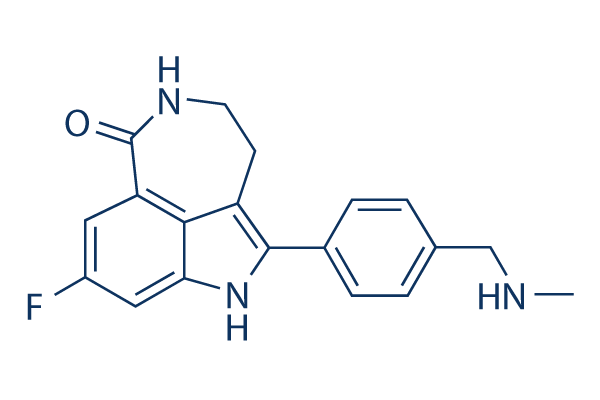FDA Requests More Data on Clovis Oncology’s Rubraca for Ovarian Cancer

The FDA has asked Clovis Oncology for more clinical trial data on Rubraca (rucaparib) combined with Bristol Myers Squibb’s Opdivo (nivolumab) as a first-line ovarian cancer maintenance treatment, the company said in a report to the Securities and Exchange Commission.
The agency’s data request is likely to delay the company’s plans to submit a supplemental New Drug Application for the poly-adenosine diphosphate-ribose polymerase (PARP) inhibitor as a first-line maintenance treatment for women with advanced ovarian cancer who have responded to first-line platinum-based chemotherapy.
Rubraca is the company’s only commercial product. The FDA first approved the drug in December 2016 as a monotherapy for patients with deleterious BRCA mutation-associated advanced ovarian cancer who have been treated with two or more chemotherapies.
In May 2020, the agency granted the drug accelerated approval for patients with deleterious BRCA mutation-associated metastatic castration-resistant prostate cancer who have been treated with androgen receptor-directed therapy and a taxane-based chemotherapy.
About Clovis Oncology
Clovis Oncology is an American pharmaceutical company which mainly markets products for treatment in oncology. Clovis was founded in 2009 and is headquartered in Boulder, Colorado. The company is a publicly traded company on NASDAQ under the symbol CLVS and is in the NASDAQ Biotechnology Index with several products in its product pipeline. Its product, Rubraca, is an oral small molecule inhibitor of poly ADP-ribose polymerase (PARP) marketed in the United States for two indications specific to recurrent epithelial ovarian, fallopian tube or primary peritoneal cancer and an indication specific to metastatic castration-resistant prostate cancer (mCRPC). Its FAP-2286, is an investigational diagnostic and therapeutic agent targeting fibroblast activation protein (FAP). It also provides Lucitanib, which is an investigational, oral, potent angiogenesis inhibitor, which inhibits vascular endothelial growth factor receptors 1 through 3 (VEGFR1-3), platelet-derived growth factor receptors alpha and beta (PDGFR α/β) and fibroblast growth factor receptors 1 through 3 (FGFR1-3).
May 11, 2022



